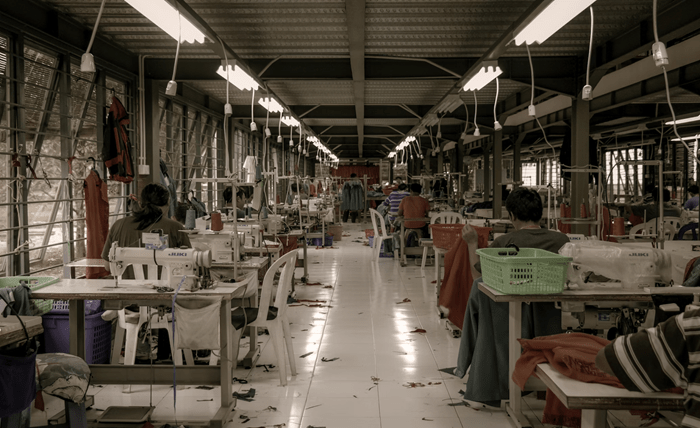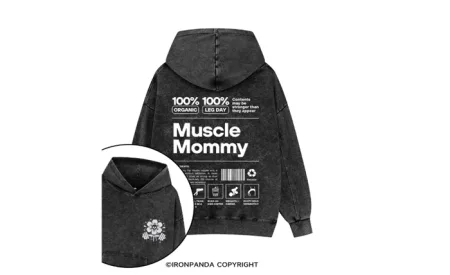With its rapid production cycles and trendy designs, fast fashion has revolutionized the fashion industry, offering consumers affordable and up-to-date clothing options.
While fast fashion may appear sustainable on the surface, its actual impact on the environment tells a different story. The relentless pursuit of low-cost production and quick turnover leads to significant environmental degradation, from resource depletion to pollution and waste.
Let’s check out how fast fashion impacts the environment.
What is Fast Fashion?
Fast fashion refers to rapidly producing and replicating fashion trends at an affordable price point, typically facilitated by mass-market retailers and online platforms.
One prominent example of a fast fashion retailer is Shein. Known for its quick turnover of trendy clothing at low prices, Shein has gained popularity among consumers seeking affordable fashion options. However, concerns about Shein’s environmental and ethical practices have made many question, “Why is Shein so bad?”
The key characteristics of fast fashion include:
- Quick Turnaround: Fast fashion brands operate on short production cycles, allowing them to swiftly bring new designs from the runway to stores in a matter of weeks.
- Trend Imitation: Fast fashion retailers closely mimic the latest runway trends and celebrity styles, producing inexpensive versions that appeal to a broad consumer base.
- Low-Cost Production: Fast fashion brands prioritize cost efficiency by outsourcing production to low-wage countries with minimal labor regulations and environmental standards.
- High Volume: Fast fashion retailers produce clothing in large quantities to meet consumer demand for affordable and constantly changing styles.
- Disposable Fashion: Fast fashion promotes a culture of disposability, where clothing items are worn briefly before being discarded or replaced with new purchases.
How Fast Fashion Impacts the Environment
Fast fashion impacts the environment in various ways, including:
- Resource Depletion: Fast fashion relies heavily on natural resources such as water, land, and raw materials like cotton and petroleum-based synthetics, contributing to resource depletion and strain on ecosystems.
- Pollution: The production of fast fashion garments generates pollution at every stage, including water pollution from dyeing and finishing processes, air pollution from textile manufacturing, and chemical pollution from synthetic materials.
- Waste Generation: Fast fashion contributes to significant waste generation, with unsold inventory, discarded clothing, and textile scraps ending up in landfills or incinerators, exacerbating environmental pollution and greenhouse gas emissions.
- Carbon Footprint: The fast fashion industry’s reliance on global supply chains, transportation, and manufacturing processes contributes to its large carbon footprint, contributing to climate change and global warming.
- Microplastic Pollution: Synthetic fibers used in fast fashion garments, such as polyester and nylon, shed microplastics during washing, contaminating waterways, and marine ecosystems and posing risks to aquatic life and human health.
- Deforestation: The production of natural fibers like cotton and viscose in fast fashion contributes to deforestation and habitat destruction, particularly in regions with high biodiversity and sensitive ecosystems.
- Chemical Usage: Fast fashion relies on toxic chemicals in dyeing, finishing, and textile production, posing risks to workers’ health, nearby communities, and the environment through water and soil contamination.
Conclusion
The environmental impact of fast fashion is undeniable and far-reaching – from resource depletion and pollution to waste generation and carbon emissions, the fast fashion industry takes a heavy toll on ecosystems and communities worldwide.
By promoting responsible consumption, supporting eco-friendly production practices, and advocating for transparency and accountability within the fashion industry, we can mitigate the environmental impacts of fast fashion and pave the way for a more sustainable future.



